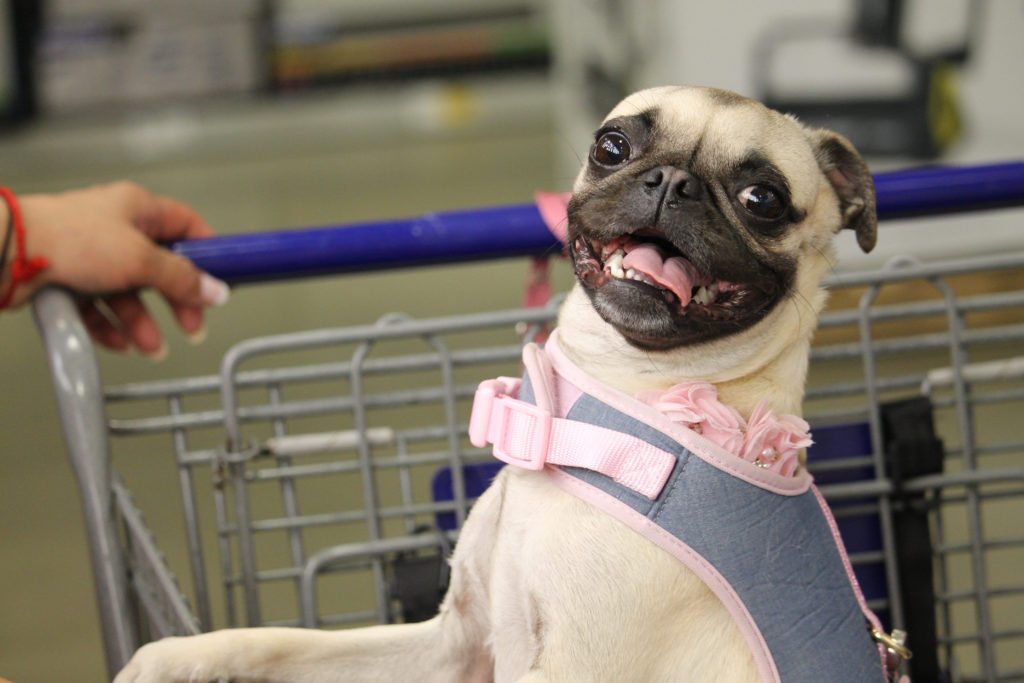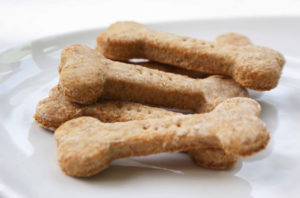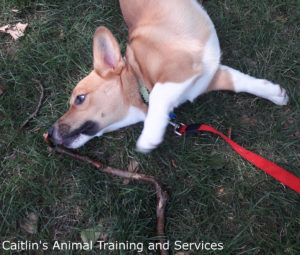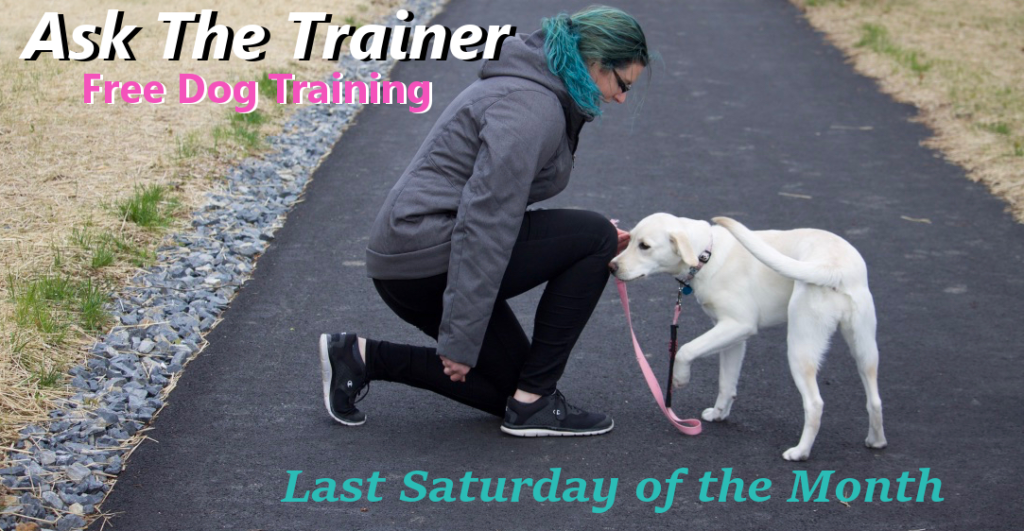Top 6 Reasons Why Training Your Dog with Treats Isn’t Working
Working as an animal trainer in Lehigh Valley PA I hear it all; “My dog doesn’t like treats” and “My dog isn’t food motivated” and even the very misunderstood “My dog can’t eat anything due to food allergies so I don’t train him with treats”. What absolute rubbish! I press these dog owners with questions to get past these limiting beliefs because that’s all they are, a belief limiting the owner’s behavior to train their dogs successfully and pain free.
If you’ve caught yourself saying anything like the quotes above and also have training goals for your companion, then read on! I’m going to tell you why training your dog with treats isn’t working for you.
“My dog doesn’t like treats”
When I hear this from a dog owner I know something is awry. With a little investigating one of the follow reasons is often to blame:
- You’re offering your dog gross treats. – You bought an economy sized bag of dry, crunchy, dog biscuits in the flavor of oatmeal cookie at Costco. Why? Not because you knew your dog would eat them, but because they were cheap. The next step for you to take is to either toss them in the trash or donate them to plague a dog at the local shelter. Just toss them, please.
- You are over feeding your dog. – Just like people not all dogs need the same amount of calories per day or even per meal. While the package of dog food claims that you need to feed your 25lb Border Collie exactly 8 oz of dry kibble per meal that isn’t always the case. Over feeding is a very common practice that most pet owners, especially the ones I seem to run across here in Allentown PA, do not acknowledge. I’ve met dog owners who never walk their dog and feed 1 scoop of dog food twice a day (that 1 scoop was a large plastic smoothie cup that measured to be over 14oz of kibble!). It was understandable that this fully grown adult dog was having problems with potty training and hyperactivity! If you think this is the case with your dog your next step is to allow only 15 minutes for your dog to eat. I’ve timed myself eating and on average it only takes 10 minutes for a person to eat a meal. 15 minutes is more than enough leeway for your pooch. After time is up, remove the food bowl and don’t feed again until the next scheduled meal.
- Your dog’s meal is more tasty than treats. – I’ve run into this with a client feeding their dogs a home made beef based food. The more moist and smelly a food, the higher a dog values it. There are a couple of things you can do in this situation but the easiest is to train for your dog’s meals. If they want it why not have a fun training session with it instead?
Other Things to Consider
The following reasons are due to user error and I address what steps to take to solve them.
- Over Threshold – I work with plenty of reactive dogs in the Lehigh Valley PA. Reactivity can be difficult to work with if you don’t know your dog’s threshold. What do I mean? If you find that your dog listens well in your home but not walking in the neighborhood, or in pet store, or at the dog park, you probably have a dog that you pushed passed it’s threshold. That’s OK because you just need to find a middle ground. If you can’t even walk your dog just start by practicing training on your front porch. Whenever you dog becomes over threshold just walk back inside the house and try again in 5 minutes. Do it twice daily and you’ll be surprised that you can soon push it to the sidewalk and in front of other’s property. Baby steps move faster than jumping too far in!
- Your Dog Doesn’t Understand – The most common mistake I see (even with other dog trainers! Yikes!) is people not seeing things from their dog’s view. They ask too much from their pets and need to make even smaller baby steps for their dogs to understand. Rather than forcing a dog to sit by pressing on its hips (this is also very dangerous as it can lead to hip dysplasia which costs $3k per hip) a well placed treat on the tip of your dog’s nose can do the trick.
- You’re too Slow – Ok so we’re teaching “sit” with a treat on the nose. The Border Collie in class catches on quickly with its owner but the Chihuahua is struggling with their owner. Why? Often because smaller dogs move more quickly and require a faster hand, at least at first. Always pay attention to the speed of your animal and match their pace. For the best training results.
Need Professional Help? I Offer FREE Training!
[contact-form][contact-field label=”Name” type=”name” required=”true” /][contact-field label=”Email” type=”email” required=”true” /][contact-field label=”Website” type=”url” /][contact-field label=”Message” type=”textarea” /][/contact-form]
dog treats allentown
(c) 2018 Caitlins Animal Training Services
www.CaitlinsAnimals.com




